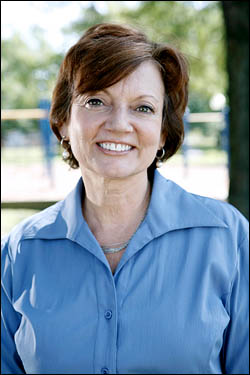By Jim Ellis
July 28, 2021 — Voters in north Texas went to the polls yesterday to decide the double-Republican runoff in their state’s vacant 6th District, but there is unfolding action in the two Ohio special elections right now. The Buckeye State’s vacant CD’s will culminate with partisan primary elections next week, on Aug. 3.First, the Mellman Group, polling for the Democratic Majority for Israel PAC (July 13-17; 400 OH-11 likely Democratic primary voters, live interview), sees the multi-candidate contest in the Cleveland-Akron seat that has evolved into a race between two candidates getting even closer.
Mellman’s ballot test finds former state senator and ex-Bernie Sanders for president national co-chair Nina Turner leading Cuyahoga County ouncilmember and local Democratic Party chair Shontel Brown by a tightening 41-36 percent spread with the momentum again flowing toward the latter woman. The remaining 11 candidates all split an aggregate five percent, with the remainder categorized as undecided/don’t know/refused to answer.
We can expect a very active final week as the candidates continue attempting to convince their voters to cast early ballots or visit the polls a week from tomorrow. The eventual Democratic nominee will become the prohibitive favorite heading into the Nov. 2 special general election. The winner will replace former Rep. Marcia Fudge (D-Cleveland) who resigned the seat upon her confirmation as Housing & Urban Development Secretary in President Biden’s cabinet.
Mellman’s most recent effort delivered the closest result from a Democratic polling firm. Compared to their June poll, Brown is the beneficiary of a net 19-point swing. In the June poll, Mellman found a 50-26 percent spread in favor of Turner. In early July, Normington Petts, polling for the Brown campaign, also detected movement toward their client. They forecast a 43-36 percent result, certainly in the same realm as the Mellman poll conducted more than a week later. The original Mellman poll came in April and found Turner more than doubling Brown’s support, at 42-19 percent.
The primary campaign is dividing along the past Democratic primary presidential lines. The Bernie Sanders’ group, including the candidate himself, has endorsed Turner, along with the Justice Democrats PAC associated with Rep. Alexandria Ocasio-Cortez (D-NY) and their individual congressional supporters.




